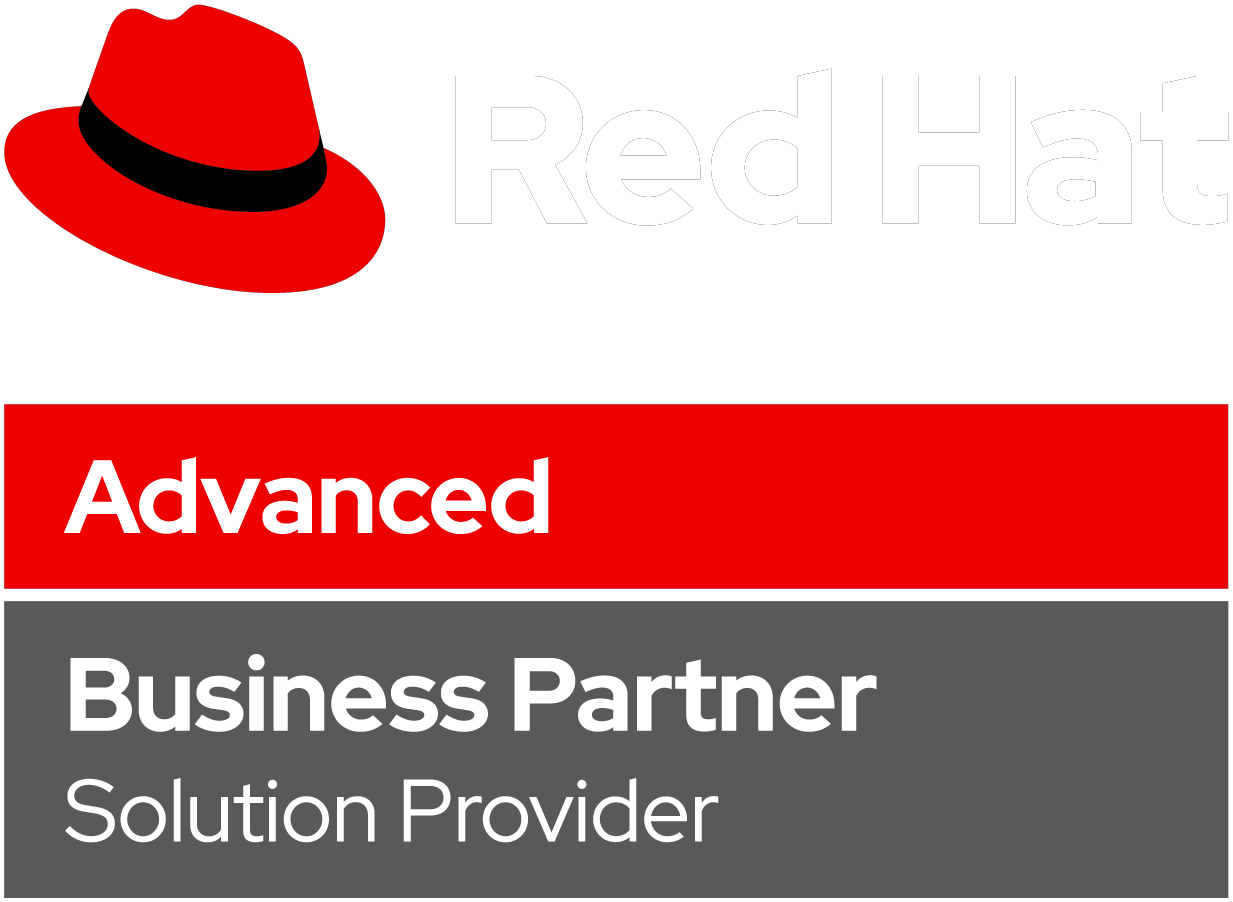More and more businesses are moving from their on-premise data centers to the cloud pursuing well-known advantages, such as scalability, security, high performance, and cost-effectiveness. However, as the companies start their digital transformation journey, they may face a number of unexpected challenges forcing them to go over the initially allocated budget.
In some cases, cloud migration processes are not optimized to the point they should be or they are inadequately planned from the very beginning. So, how to allocate the right amount of resources needed for migration? In this article, we will guide you through the cloud migration budgeting and planning basics that will help you realize the most economic benefits from getting into the cloud.
What are cloud migration costs?
There is a number of costs associated with not moving into the cloud as well. Keeping the on-premise data center, you may spend your IT budgets on hardware upgrades, software licenses, maintenance, and support, etc. On the other hand, migrating to the cloud infrastructure , your company will have to invest a certain lump sum amount to move your environment in the cloud and plan for regular ongoing expenditures for the cloud capacity in use.
As for the initial project investments of cloud migration, a company may need some budgets on system configuration, deployment and integration of cloud applications, testing data conversion, training for IT staff members and users. According to the Forrester study , labor costs account for most of these upfront expenditures. These labor costs are lower when you choose a simple lift-and-shift migration and increase if you want to rearchitect and refactor along the way. Once you are in the cloud, ongoing regular expenses will include subscription fees for the services that you use and configuration changes.
What does cloud migration include?
Cloud migration entails different processes and budgets depending on the cloud migration approaches you use: Cloud as a Transition or Cloud to Transform. In the first case, you just move the existing architecture in the cloud, while in the latter you change the value proposition and take the almost new product into use. The transformational approach is riskier and can be compared to flying the pane while assembling it, but it also can generate new competitive advantages for your product and drastically enhances the agility of your business.
Once you have chosen the strategic approach, you have to evaluate the existing environment of your project and create an actionable migration plan. You have to specify a migration path for each component of your infrastructure, either you do a lift-and-shift migration, re-factoring or cloud-native migration. Next, you should pick the best-fit cloud products and create a justified budget for the migration project.
How to calculate cloud migration cost estimates?
Migrating into the cloud you have to take into account and budget initial investments, as well as ongoing regular payments for the cloud services. Typically, initial project tasks (deployment and integration of cloud applications, training) require collaboration between your IT group staff members and cloud vendors. It is recommended to consult with the selected cloud provider to get the right estimates.
The cost optimization and budgeting software can be of great help as you plan the regular expenses. One of the popular tools is AWS Pricing Calculator . It is a web-based cloud migration cost calculator to estimate the costs of AWS services and products and see how your monthly bill will look like in the AWS clouds. Similar tools are available for other public clouds as well:
- Google Cloud Platform Pricing Calculator
- Microsoft Azure’s Pricing Calculator
- Rackspace’s calculator
- IBM Bluemix’s calculator
Third-party vendors also offer dedicated software tools for cloud budgeting, analytics, and optimization . In some cases, these calculators are enhanced with AI-powered decision engines for real-time right-sizing suggestions.
Allow professionals to take care of your business. Learn more about what we can do to help your business migrate!
The best tips for cloud migration cost savings
Based on our expertise, we provide you a short-list of the most important things to consider if you want to save some money on migration:
- right-size your cloud infrastructure from the very beginning
Choose your minimum and optimal performance requirements first and only then select a cloud provider with the lowest fees. Here, one of the common mistakes is copy-pasting the on-premise infrastructure to the cloud, when you pick the cloud capacity based on the look-alike comparison of your data center facilities. Instead, you should focus on the user standpoint and right-size the workloads based on their actual performance.
Once you are in the cloud, analyze the computing services in use and adjust them to the set requirements. For example, using Amazon CloudWatch and other right sizing tools, you can trace CPU, RAM, network utilization and turn off non-production instances.
- use reserved instances for stable and predictable workloads
Major public cloud providers offer the possibility to reserve capacity upfront at much lower prices. That means that if you predict that there will be no significant peaks and falls of capacity utilization for certain instances, you can reserve them with the discount while ensuring that you have the cloud capacity to power your application.
For example, Amazon allows you to reserve capacity for one year with an average discount of 40% for steady-state usage and 31% for convertible instances. By using the long-term reserved instances and paying for them upfront, you can save even more – up to 75% of the regular on-demand charges for the same capacity. With convertible instances, you also have the flexibility to convert characteristics of reserved instances within the region where they are located: change the networking type, instance families, operating system, tenancy.
- opt for the managed services and don’t forget to budget these expenses
The vast majority of public cloud services (AWS, Google, Azure) go unsupported, which means that you will need to manage them on your own or use managed services. In most cases, opting for the managed services provided by third-party vendors is less expensive than adding cloud architects to your team.
- establish the cost visibility
Operating the public cloud infrastructure , your applications run in the pay-as-you-go mode. That means that while you plan for certain amounts of traffic and workloads, the reality can be somewhat different. IT staff keeps spinning virtual machines and containers, there are data flows in and out of the cloud, and your monthly invoice can easily exceed the initially projected level.
To overcome this challenge, it is useful to set the budget thresholds for your expenditures and trace them over time. This can be done using one of the software tools, for example, AWS Budgets and Amazon CloudWatch. It is also recommended to tag the resources that you spent so that you can cost-allocate them to your organization’s projects.
- don’t get into analysis paralysis when seeking the lowest fees
In many cases, the cloud migration services become mixed with business analytics, machine learning and artificial intelligence solutions, and you might not be able to broker which providers give you the best prices. It is more useful to focus on the end-state infrastructure goals you set for the cloud migration.
Key methods for cloud migration cost analysis
It is quite difficult to conduct a rigorous cost analysis for migration as the cost equation includes many components and gets even more complicated if you choose the transformational approach. However, you still can employ some cloud migration cost models here to get a rough approximation of the cloud costs and savings you could extract from the migration project.
For example, if you already have the on-premise infrastructure, you can analyze the present value of the cloud migration project by calculating and discounting differences between the on-premise and cloud scenarios. Using the AWS Total Cost of Ownership Calculator , you can play around and evaluate your expenditures under these two scenarios. With this tool, you can specify the technical features of your project, such as server types, configurations, number of virtual machines, etc. and get the quick dirty comparison of cloud versus on-premise. Similar calculators are available for Azure and Google clouds as well.
Another method that may help you make the right decision is stress testing for the cases when your organization needs to scale up and down. In the situation when you operate from the on-premise data center scaling up requires additional investments, while scaling down implies sunk costs. On the other hand, the cloud-based cost model is based on a subscription model when you only for what you use. To assess the impact of scaling on your infrastructure, consider several scenarios of workload on your project and compare your expenditures.

Conclusion
As the competition across industries grows, you have to make sure that your project streamlines the value for the customers in the most efficient way. Cloud infrastructures do not necessarily guarantee cost savings, as they depend on many factors and smooth migration. However, it is possible and well-achievable to cut your IT infrastructure expenses with cloud technologies.
Cloud migration budgeting is one of the first steps that need to be done once you have chosen the strategic approach, assessed your existing IT topology, and specified the migration path for your databases and applications. Budget estimates are one of the slippery aspects of this process that can drain your company’s performance or prevent you from transforming your environment at full speed. We recommend using the dedicated software tools to get a quick approximation of migration costs and consult with the selected cloud provider prior to approving the project budget.
Here, at Triangu, we help our clients to extract the most value from the cloud, also in terms of cost reduction if you go for cloud versus on-premise. We always try to understand the ultimate goals of your project and map out the best cloud architecture for you now, and scalable for the future. Moreover, we provide a comprehensive strategy on how to overcome major cloud migration challenges . If you have any further questions on how to budget, plan or execute the cloud migration, you can book a free 2-hour consultation with one of our experts.

